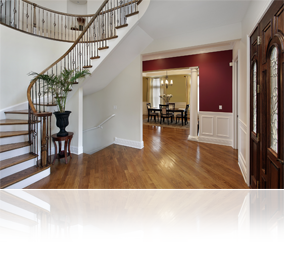There is an old adage in marketing and sales: Before trying to sell something, you need to put yourself in the buyer’s shoes. When it’s time to sell your home, you’ll need to do the same thing. Imagine that you’re the potential buyer and then view your property from that perspective.
Start with what a buyer sees first, the outside of your property from the curb. Does your home look inviting and attractive? Are there ways you can improve the look of your home from this vantage point?
It may be as simple as trimming the hedges.
Then, walk into your home through the main entrance. What is your first impression? Does your home look clean, uncluttered, and appealing from the foyer? Is there anything you can do to improve the look?
Even a small change, such as moving a coat rack that is cluttering the space, can be a significant improvement.
Finally, tour the rest of your home. Most buyers viewing homes will visit the kitchen, the living room, and other rooms on the main floor and then check out the upstairs bedrooms. As you are pretending to be a potential buyer and looking around, what impression are you getting? What features do you especially like? What don’t you like? Are there any issues that concern you?
Don’t forget to view your garage and backyard too.
By doing this simple exercise, you’ll be able to see what changes and improvements will make your home show better.
Want more ideas on how to sell your home faster and for the best price? Call today.









